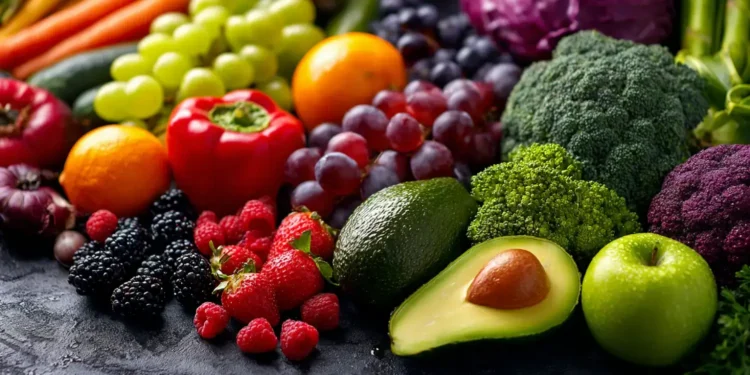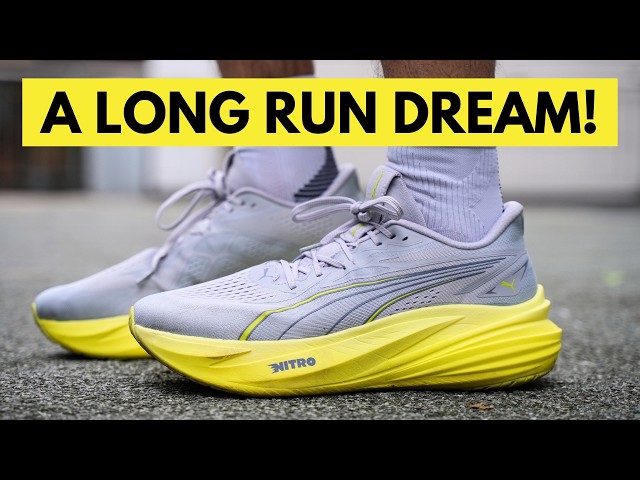In a world where fitness goals range from weight management to improving athletic performance, understanding what to eat to fuel your body can often feel overwhelming. However, it doesn’t have to be so complicated. By focusing on whole foods and listening to your body’s natural signals, you can fuel your movement effectively and enjoyably.
The Basic Building Blocks: Carbs, Proteins, and Fats
Every meal should have a balanced approach to carbohydrates, proteins, and fats. These macronutrients play crucial roles in your body:
- Carbohydrates: The primary source of energy for your body. Opt for complex carbohydrates like whole grains, fruits, and vegetables that release energy slowly.
- Proteins: Essential for repairing and building muscle tissues. Incorporate a variety of lean proteins such as chicken, fish, beans, and legumes.
- Fats: Necessary for nutrient absorption and hormone production. Choose healthy fats like avocados, nuts, seeds, and olive oil.
Timing Is Everything
Consuming the right types of foods at optimal times can make a significant difference in how you feel during and after your workouts. Here are some simple guidelines:
- Before Exercise: Consume a small meal with carbohydrates and protein about 90 minutes before exercise to fuel your workout.
- During Exercise: For activities lasting more than an hour, consuming a small amount of carbohydrates can help maintain energy levels.
- After Exercise: Prioritize protein intake within 30 minutes after your workout to speed up recovery and replenish energy stores.
Hydration Matters
We often underestimate the importance of staying hydrated. Water regulates your body temperature, lubricates joints, and transports nutrients to give you energy and keep you healthy. Aim to drink water consistently throughout the day, not just when you feel thirsty. During intense exercise sessions, consider electrolyte-infused beverages to aid in hydration.
Listening to Your Body
One of the most effective ways to determine what and when to eat is by tuning into how your body feels in response to certain foods. Everyone’s nutritional needs are different based on their lifestyle, body composition, and workout intensity. Pay attention to how you feel during workouts and adjust your intake based on performance and recovery rates.
Simple Meal Ideas
Here are some uncomplicated meals to get you started:
- Breakfast: Overnight oats with berries and a scoop of almond butter.
- Lunch: Grilled chicken salad with mixed greens, cherry tomatoes, quinoa, and a sprinkle of sunflower seeds.
- Dinner: Baked salmon with roasted sweet potatoes and steamed broccoli.
- Snacks: Greek yogurt with a handful of mixed nuts or a banana with a spread of peanut butter.
The Takeaway
Fueling your movement doesn’t require meticulous meal planning or expensive diets. By focusing on balance, listening to your body, and enjoying the process of nourishing yourself, you can make eating simpler and more aligned with your fitness goals. Remember, the journey of understanding your nutritional needs is lifelong and adaptable, just like your fitness journey.






